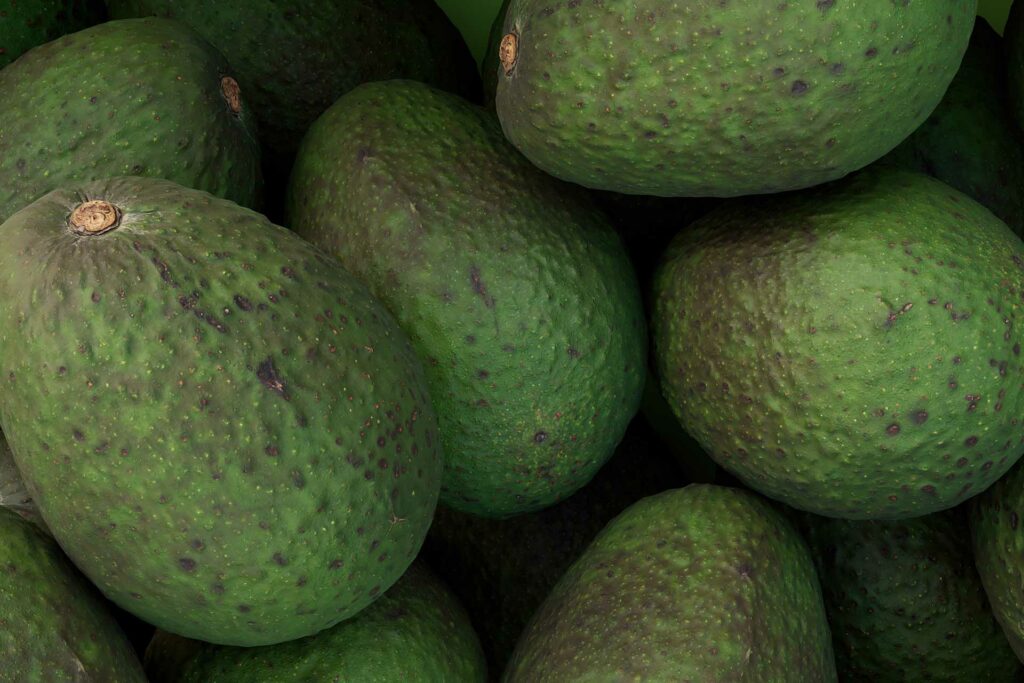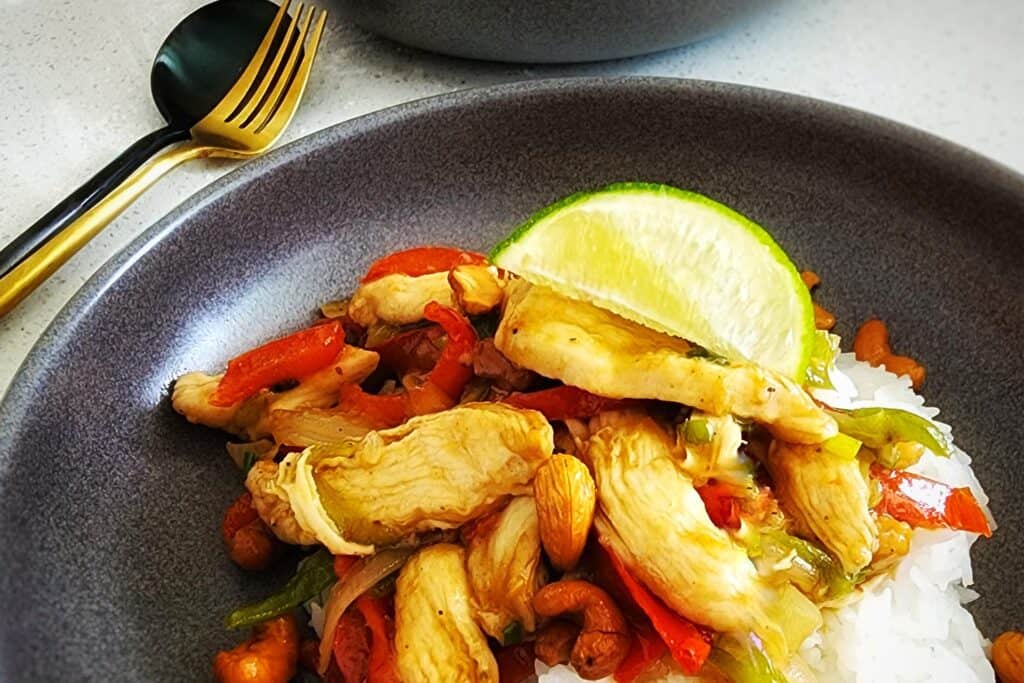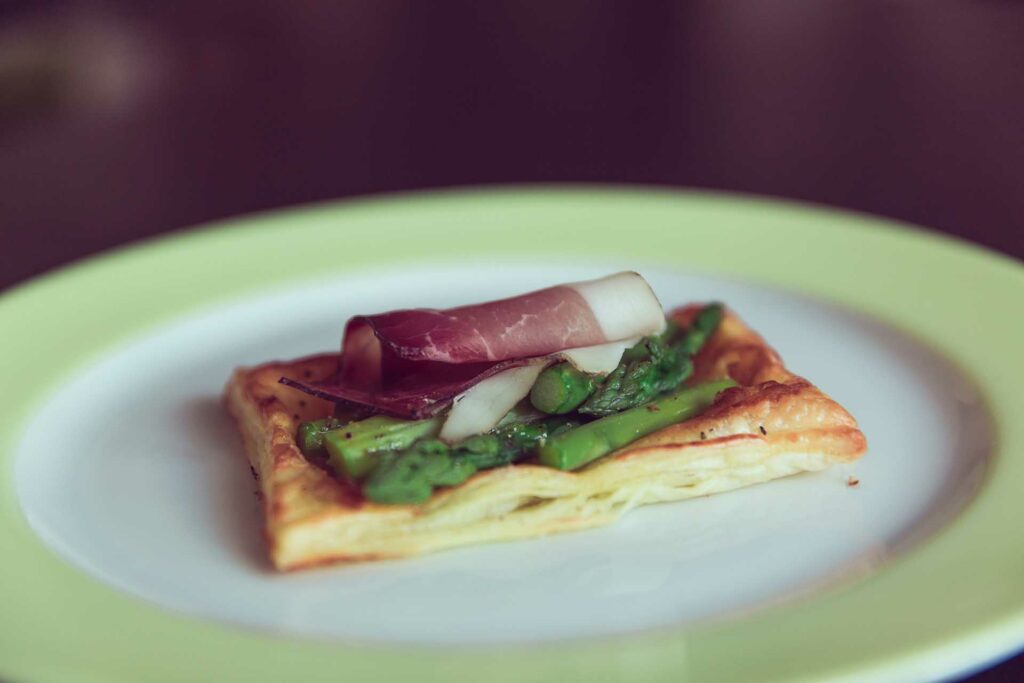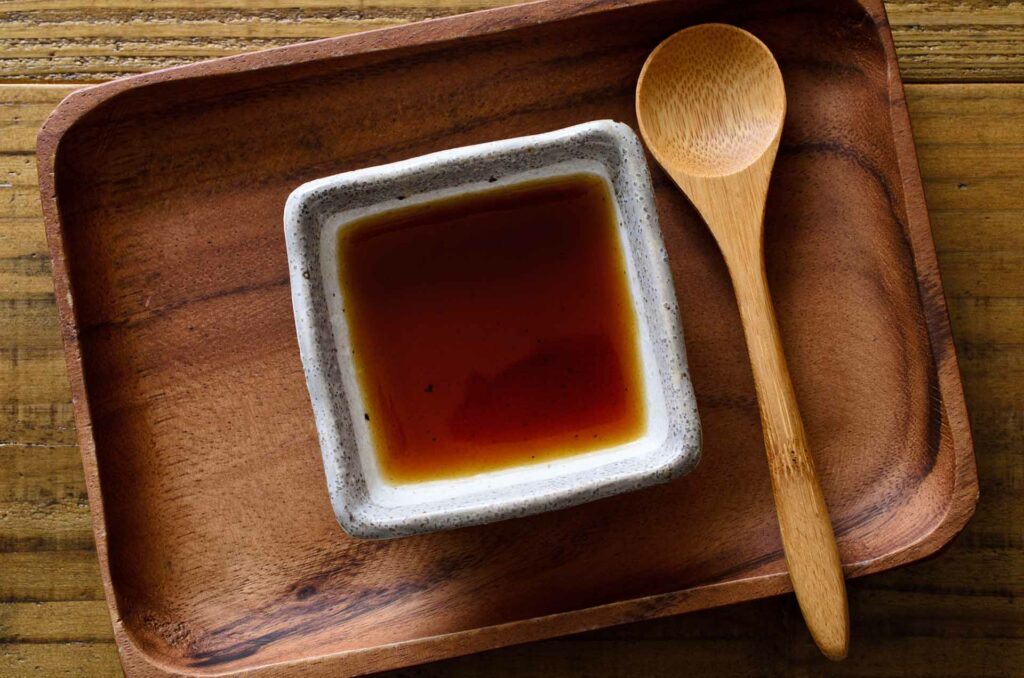Radicchio, a vibrant and bitter vegetable, has gained popularity in the culinary world for its unique flavor and visual appeal. However, there may be instances where you find yourself in need of a radicchio substitute. Whether it’s due to seasonal availability, personal taste preferences, or dietary restrictions, it’s essential to explore alternative options that can mimic the characteristics of radicchio.
The bitter taste of radicchio is one of its defining characteristics. This bitterness adds complexity and depth to dishes, making it a sought-after ingredient for chefs and home cooks alike. The vibrant color of radicchio adds visual appeal to salads, pasta dishes, risottos, and more.
Understanding Radicchio
Radicchio is not just an ordinary vegetable; it carries a rich history and an array of varieties, each with its own unique characteristics. In this section, we will explore the origins and history of radicchio, delve into its different varieties and their distinct features, discuss the nutritional value and health benefits it offers, as well as highlight the various culinary uses of radicchio.
Origins and history of radicchio
Radicchio’s roots can be traced back to the Veneto region in Italy, where it has been cultivated for centuries. The fertile soil and favorable climate of this region provide the ideal conditions for growing radicchio. Its cultivation has expanded beyond Italy, with regions like California and Spain also producing high-quality radicchio.
Historically, radicchio was first cultivated as a winter vegetable, thriving in the colder months. It was appreciated for its resistance to frost and its ability to add a fresh burst of color to winter dishes. Over time, radicchio gained popularity and became a staple ingredient in Italian cuisine, known for its bitter taste and vibrant appearance.
Varieties of radicchio and their characteristics
Radicchio comes in a variety of types, each with its own distinct characteristics. The most common varieties include Chioggia, Treviso, and Castelfranco.
Chioggia radicchio is known for its round, compact heads and deep purple color. Its leaves have a crisp texture, and its bitter taste adds complexity to salads and other dishes. Treviso radicchio, on the other hand, features elongated heads with pronounced red and white streaks. It has a more intense bitterness and is often used in risottos, grilled preparations, or as a bold addition to salads.
Castelfranco radicchio stands out with its pale green leaves speckled with red. It has a milder flavor compared to other varieties, making it an excellent choice for those who prefer a less intense bitterness. Castelfranco is often used in salads or as a decorative element in culinary presentations.
Nutritional value and health benefits of radicchio
In addition to its distinct taste and visual appeal, radicchio offers numerous health benefits. It is low in calories and packed with essential vitamins and minerals. Radicchio is a rich source of vitamin K, which is important for blood clotting and bone health. It also contains vitamin C, which supports the immune system, and vitamin A, which is beneficial for vision and skin health.
Radicchio is a good source of dietary fiber, aiding in digestion and promoting satiety. It also contains antioxidants, such as flavonoids and anthocyanins, which help protect against oxidative stress and reduce the risk of chronic diseases.
Culinary uses of radicchio
Radicchio’s unique flavor and visual appeal make it a versatile ingredient in the culinary world. It can be enjoyed raw in salads, where its bitterness adds complexity and balances other flavors. Radicchio can be combined with ingredients like citrus fruits, cheese, nuts, and vinaigrettes to create refreshing and vibrant salads.
When cooked, radicchio undergoes a transformation, mellowing out its bitterness and taking on a sweeter taste. Grilling or roasting radicchio brings out its natural sugars, resulting in a caramelized and smoky flavor. Cooked radicchio can be used in pasta dishes, risottos, quiches, or as a side vegetable to accompany meat or fish.
In summary, radicchio is not only a visually striking vegetable but also a versatile ingredient that adds depth and complexity to a wide range of dishes. Its bitter taste, crisp texture, and array of varieties make it a culinary delight. However, if radicchio is not readily available or you prefer a milder alternative, fear not! In the next section, we will explore a selection of radicchio substitutes that can still provide the desired flavor, texture, and visual impact in your culinary creations.
Factors to Consider when Choosing a Radicchio Substitute
Choosing a suitable radicchio substitute involves considering several factors to ensure that the alternative option seamlessly integrates into your culinary creations. In this section, we will explore the flavor profile comparison between radicchio and its substitutes, the texture and crunchiness of various alternatives, the importance of visual appeal, and the compatibility of substitutes with different cooking methods and recipes.
Flavor profile comparison: bitter, sweet, and nutty notes
Radicchio is known for its distinctive bitter taste, which adds a delightful complexity to dishes. When seeking a radicchio substitute, it is important to consider the flavor profile of the alternative option. While some substitutes may closely mimic the bitterness of radicchio, others may offer a milder or even sweeter taste.
Belgian Endive, for example, shares the bitter taste of radicchio, making it a suitable substitute in terms of flavor. Its slightly nutty undertones complement the bitterness, offering a similar taste profile. On the other hand, substitutes like Escarole or Frisée provide a milder bitterness, allowing for a more subtle flavor experience.
Consider the recipe you are preparing and the desired taste profile. If the bitterness of radicchio is a crucial element, opt for a substitute that can replicate or enhance that aspect. Alternatively, if you prefer a milder flavor, choose a substitute that offers a gentler taste while still providing complexity and depth.
Texture and crunchiness: crisp or tender substitutes
Radicchio’s crisp texture adds a satisfying crunch to salads and various dishes. When selecting a radicchio substitute, it is essential to consider the texture of the alternative option. Some substitutes maintain the crispness of radicchio, while others offer a more tender and delicate texture.
Belgian Endive, for instance, provides a crisp texture similar to radicchio, making it an excellent substitute when you desire that satisfying crunch. Escarole, on the other hand, offers a more tender texture when cooked, which can be ideal for soups, stews, or braised dishes.
Think about the desired mouthfeel in your dish and how the texture of the substitute will contribute to the overall dining experience. Whether you prefer a crisp bite or a softer texture, there are substitutes available to meet your preferences.
Color and visual appeal: vibrant alternatives to radicchio
Radicchio’s vibrant purple or red color adds visual appeal to any dish, enhancing its presentation. When seeking a radicchio substitute, consider the visual impact of the alternative option. While the color may not impact the taste directly, it can significantly contribute to the overall aesthetic of your culinary creations.
Substitutes like Treviso or certain varieties of Belgian Endive can closely resemble the vibrant hues of radicchio, providing a visually stunning alternative. Frisée, with its delicate frilly leaves and vibrant green color, can also add an elegant touch to salads and other presentations.
Take into account the overall aesthetics of your dish and how the color of the substitute will complement other ingredients. A visually appealing plate not only delights the eyes but can also enhance the overall dining experience.
Cooking methods and compatibility with recipes
Different substitutes may lend themselves better to particular cooking methods or recipe types. Considering the intended cooking method or recipe compatibility is crucial when choosing a radicchio substitute.
For example, if you plan to grill or roast the substitute, Belgian Endive or Treviso can withstand high heat and retain their structure, making them suitable options. On the other hand, substitutes like Escarole or Frisée may be better suited for raw preparations or gentle cooking methods like sautéing or blanching.
Think about the specific recipe you intend to use the substitute in and how well it will integrate into the cooking process. Consider the substitute’s ability to retain its texture, flavor, and visual appeal when subjected to different cooking techniques.
By considering these factors – flavor profile, texture, visual appeal, and recipe compatibility – you can select a radicchio substitute that best meets your needs and preferences. In the following sections, we will explore a variety of radicchio substitutes, providing detailed information on each option, including their characteristics, flavor profiles, and culinary uses. So, let’s continue our journey and discover the range of alternatives that can elevate your dishes in the absence of radicchio.
Radicchio Substitute Options
Now that we have explored the factors to consider when choosing a radicchio substitute, it’s time to delve into a selection of alternatives that can mimic the flavors, textures, and visual appeal of radicchio. In this section, we will introduce five radicchio substitute options: Belgian Endive, Escarole, Frisée, Treviso, and Red Leaf Lettuce. Each substitute offers its own unique characteristics and can serve as a suitable replacement for radicchio in various culinary preparations.
Belgian Endive
Belgian Endive, also known as chicory, is an excellent radicchio substitute that closely resembles its flavor profile. With its elongated shape and pale yellow or white leaves, Belgian Endive offers a crisp texture and a slightly bitter taste, making it an ideal alternative for those seeking to replicate the distinctive qualities of radicchio.
In terms of flavor, Belgian Endive shares the bitter notes found in radicchio, but it also offers a subtle nuttiness that can enhance the overall taste of a dish. Its crisp texture adds a satisfying crunch when used raw in salads, and it retains its structure when cooked, allowing it to be used in various preparations.
Belgian Endive pairs well with ingredients such as citrus fruits, blue cheese, walnuts, and vinaigrettes. Its mild bitterness and delicate flavor make it a versatile substitute that can be incorporated into a range of recipes, from salads to cooked dishes like braises or gratins.
Escarole
Escarole, another member of the chicory family, provides a milder alternative to radicchio while still contributing a touch of bitterness. Its broad, curly leaves and tender texture make it a versatile substitute in both raw and cooked preparations.
Compared to radicchio, escarole offers a more delicate flavor profile, with a milder bitterness. This makes it an excellent choice for those who prefer a less intense taste. When used raw in salads, escarole adds a pleasant crunch and a refreshing hint of bitterness, complementing a variety of ingredients such as fruits, nuts, and cheeses.
When cooked, escarole wilts down and becomes tender, allowing it to be incorporated into soups, stews, sautés, or used as a bed for other ingredients. Its mellow flavor and tender texture make it a versatile substitute that can enhance the overall taste and texture of a dish without overpowering other flavors.
Frisée
Frisée, also known as curly endive, is a lettuce-like green with delicate, frilly leaves and a slightly bitter taste. While it may not have the vibrant color of radicchio, Frisée offers a visually appealing substitute that adds an elegant touch to salads and other dishes.
Frisée’s texture is characterized by its crisp and crunchy leaves, which provide a satisfying bite. Its flavor profile includes a mild bitterness, making it a suitable substitute for radicchio when a milder taste is desired. Frisée pairs well with creamy dressings, bacon, poached eggs, or other ingredients that can balance its bitterness and add contrasting flavors.
In addition to salads, Frisée’s delicate and decorative leaves can be used as a garnish, adding visual interest and texture to various culinary creations. Its versatility and unique appearance make it a popular choice among chefs and home cooks seeking to elevate their dishes.
Treviso
For those looking to closely replicate the appearance and taste of radicchio, Treviso is an ideal substitute. This elongated variety of radicchio shares its vibrant red color and bitter taste, making it an excellent choice for recipes that call for the visual impact and distinctive flavor of radicchio.
Treviso’s elongated leaves offer a crisp texture and a more pronounced bitterness compared to other substitutes. When used raw in salads, it adds an elegant touch and contributes a complex flavor profile. Its bitterness can be further enhanced when cooked, making it a versatile substitute for grilled preparations, risottos, pastas, or as an ingredient in other cooked dishes.
Treviso’s ability to retain its structure and impart a delightful bitterness makes it a valuable substitute for radicchio. Whether you’re aiming for a vibrant salad or a hearty cooked dish, Treviso can add a touch of elegance and complexity to your culinary creations.
Red Leaf Lettuce
If you’re seeking a milder alternative to radicchio, red leaf lettuce can be a suitable substitute. With its tender leaves and vibrant red color, red leaf lettuce provides a visually pleasing addition to salads and other dishes.
While red leaf lettuce lacks the bitter taste of radicchio, it offers a refreshing and mild peppery flavor. Its tender leaves provide a gentle crunch, and its vibrant color adds visual appeal to salads. Red leaf lettuce pairs well with a variety of ingredients, such as fruits, soft cheeses, and vinaigrettes, creating a harmonious balance of flavors in your dishes.
Apart from salads, the tender leaves of red leaf lettuce can be used as a lettuce wrap or as a bed for other ingredients. Its versatility and delicate flavor make it a versatile substitute that can add a touch of freshness and visual interest to your culinary creations.
With these five radicchio substitute options at your disposal, you can confidently explore a range of flavors, textures, and visual elements in your recipes. Each substitute offers its own unique characteristics, allowing you to adapt and experiment with different dishes while still achieving the desired taste and presentation. In the next section, we will provide a comprehensive conclusion, summarizing the main points discussed and offering final recommendations and tips for selecting the best radicchio substitute.
Final Thoughts
Throughout this comprehensive guide, we have explored the world of radicchio substitutes, understanding their characteristics, flavor profiles, and culinary uses. From Belgian Endive to Escarole, Frisée, Treviso, and Red Leaf Lettuce, each substitute offers its own unique qualities that can enhance your dishes in the absence of radicchio.
In conclusion, finding suitable substitutes for radicchio is essential for maintaining the desired flavor, texture, and visual appeal in your culinary creations. Whether you are unable to find radicchio or simply prefer milder flavors, the alternatives we have discussed in this blog post can serve as excellent substitutes, providing you with a range of options to suit your taste preferences and dietary needs.
When selecting a radicchio substitute, it is important to consider various factors such as flavor profile, texture, visual appeal, and recipe compatibility. Belgian Endive closely resembles the bitter taste of radicchio and offers a crisp texture, making it a versatile option. Escarole provides a milder bitterness and tender texture, while Frisée adds an elegant touch and a delicate crunch. Treviso replicates the appearance and bitterness of radicchio, and Red Leaf Lettuce offers a milder flavor and vibrant color.
As you embark on your culinary journey, don’t be afraid to experiment and explore different substitutes. Each alternative brings its own unique qualities to the table, allowing you to create exciting and flavorful dishes. Consider the specific recipe, the desired taste profile, and the visual impact you wish to achieve when choosing a substitute. Whether you’re preparing a refreshing salad, a hearty cooked dish, or a visually stunning presentation, there is a radicchio substitute that can meet your needs.
Incorporating radicchio substitutes not only expands your culinary repertoire but also encourages creativity in the kitchen. By exploring different flavors, textures, and visual elements, you can discover new combinations and elevate your dishes to new heights. Embrace the versatility that these substitutes offer and enjoy the journey of culinary exploration.
In conclusion, radicchio substitutes provide a gateway to a world of flavors and possibilities. They allow you to create delicious and visually appealing dishes while accommodating personal preferences and dietary needs. So, don’t hesitate to experiment, explore, and embrace the alternatives to radicchio. Let your creativity flourish and savor the delightful culinary creations that await you.
With that, we conclude this comprehensive guide on radicchio substitutes. We hope that it has provided you with valuable insights and inspired you to embark on new culinary adventures. Remember to have fun in the kitchen, and may your dishes be filled with flavors that delight your taste buds. Happy cooking!





